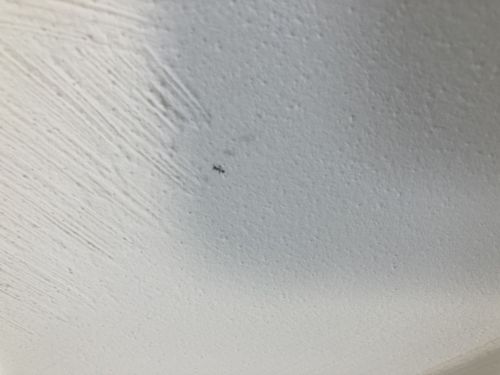Phorid Fly (Scuttle Fly)
Scientific Name: Various genera within Phoridae, e.g., Megaselia, Dohrniphora
Order & Family: Order: Diptera, Family: Phoridae
Size: Typically 0.5 to 6 mm (0.02 to 0.24 inches) in length. Often appear very small, similar to fruit flies but with a distinctive humped back.

Natural Habitat
Phorid flies are found globally, often in association with human dwellings where there is decaying organic matter. They are common in homes, restaurants, hospitals, and morgues, often congregating around drains, dumpsters, and neglected food sources.
Diet & Feeding
Phorid flies feed on decaying organic matter, including rotting fruits and vegetables, sewage, animal carcasses, and fungi. The larvae develop within these food sources.
Behavior Patterns
Phorid flies are known for their erratic, scuttling behavior, often running instead of flying. They are attracted to decaying organic matter and can be found near drains, garbage disposals, and other moist, unsanitary areas. Females lay eggs in moist organic material.
Risks & Benefits
Potential risks include being a nuisance pest and a potential mechanical vector for pathogens, as they can transfer bacteria from unsanitary breeding sites to food preparation areas. They do not sting or bite. Benefits are minimal from a human perspective, though they play a role in decomposition in natural environments.
Identified on: 8/14/2025